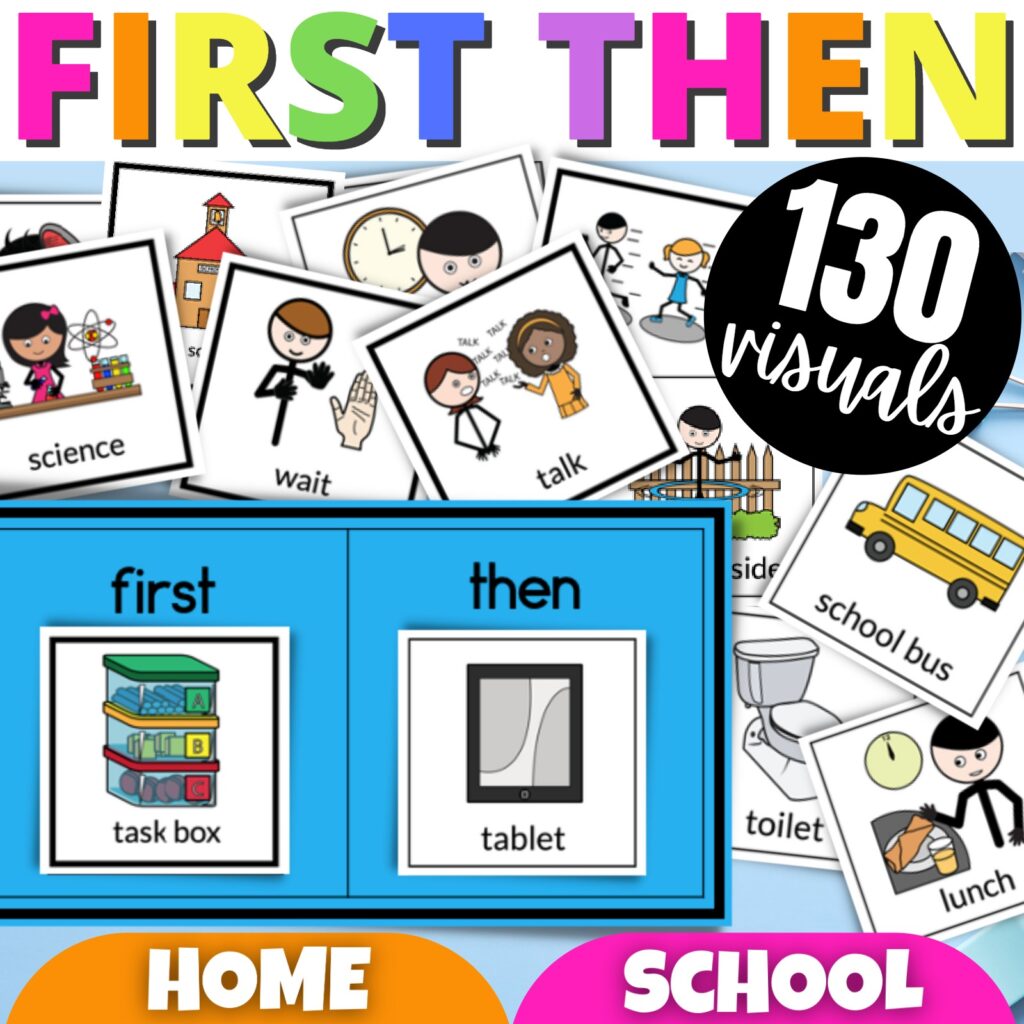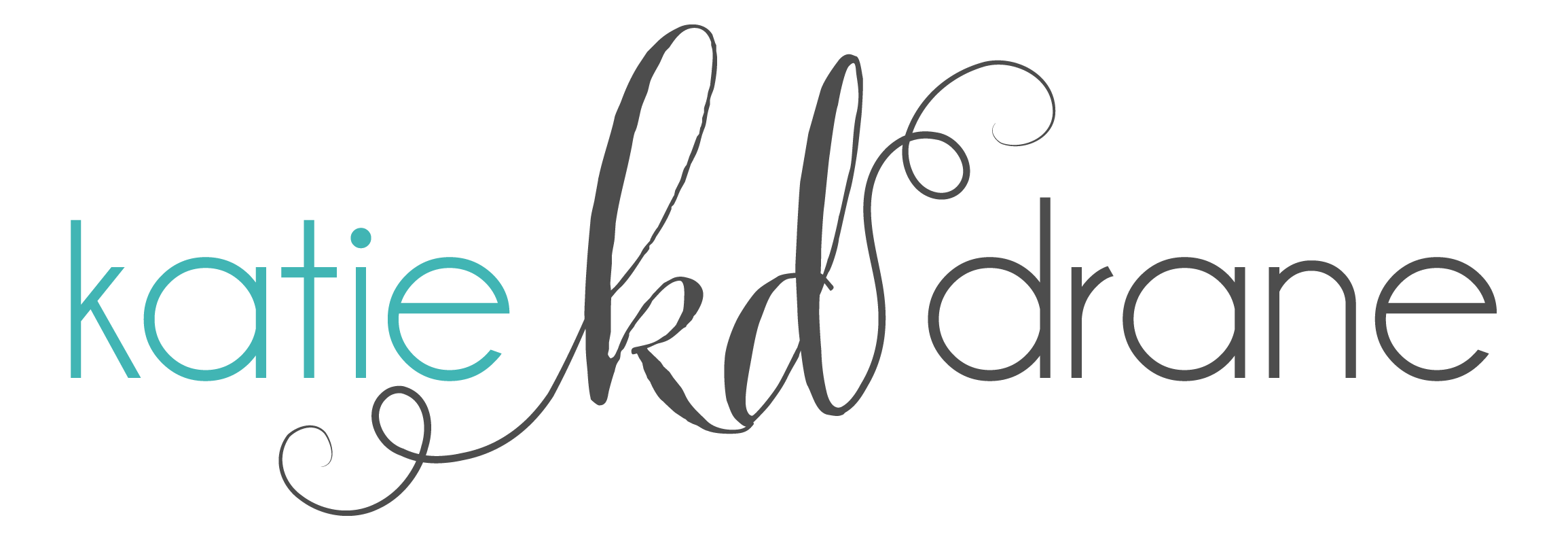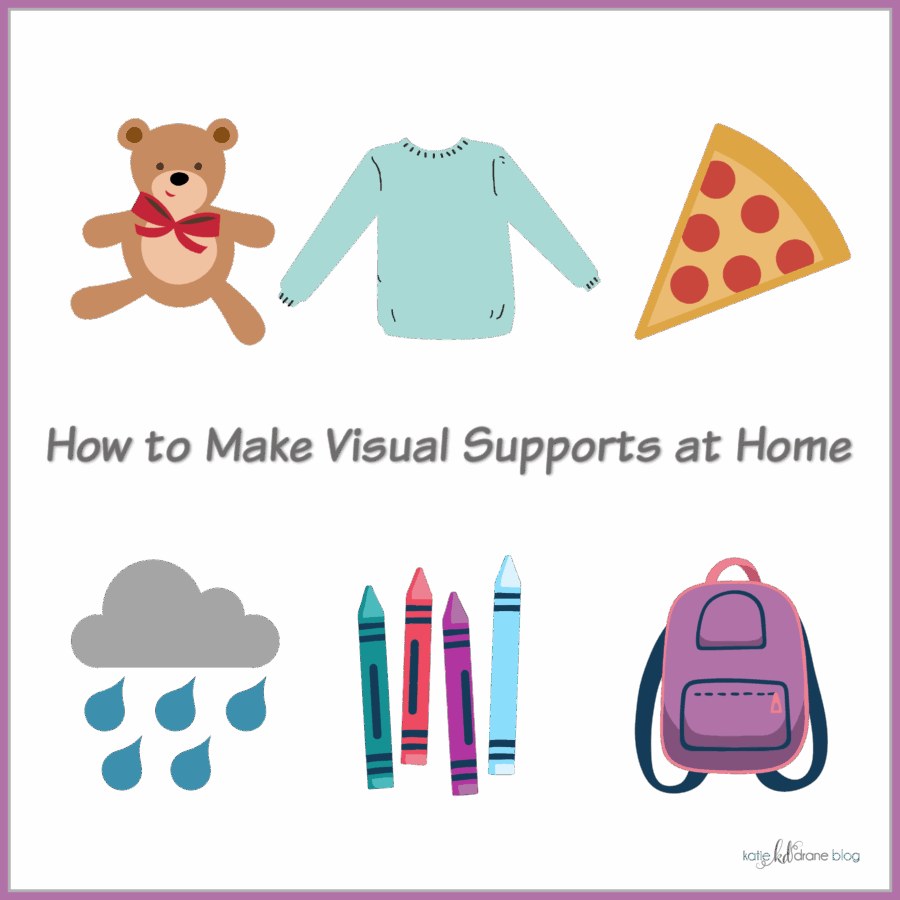My good friend Rachel and the boys’ speech therapist during early intervention, was the first person to introduce me to visual supports. She would come to our house once a week and use little pictures of things like a stop sign for “stop” or a graphic of “bubbles”. It was so simple but so effective. After a few sessions, the boys looked to the pictures for prompting and eventually requested favorite activities and objects using pictures. (I’ll talk about AAC devices in another post.)

Doesn’t it seem obvious that nonspeaking autistic children, children with speech delays, and apraxia of speech would need visual supports? Afterall, the dozens of icons on our phones tell us what a huge role symbols and pictures play in our lives without speech differences. But we’re human. Sometimes the most obvious solutions don’t occur to us until we see someone else implementing them.
What are visual supports?
Visual supports are pictures, objects, photographs or signs that are used for communication. Visual supports are a great way to enhance both receptive communication–-understanding and interpreting messages, and expressive communication–the ability to convey thoughts, feelings wants and needs to others. Using visual supports not only makes communication accessible, it also reduces anxiety, creates predictability and supports independence.
How do I make visual supports?
Getting started can be overwhelming which is why I always recommend starting with food.
- Cut out food labels or print out pictures of your child’s favorite foods and attach them to the refrigerator. (To make the pictures more durable, I laminate them and attach them with Velcro dots.)
- When it’s time for your child to eat or drink, point at the picture, say the food name, and then serve the food. Continue doing this whether your child seems to be paying attention or not.

- After a week or so, go to the refrigerator and start waiting for 10 seconds to see if you child will gesture, point, use your hand, or give you some other indication of what they want before pointing and saying the same of the food. This may take some time but that’s ok! Stay consistent, and eventually your child will start requesting the desired food with the pictures.
Where else should I use visual supports?
You can use visual supports for everything. We use them for:
- favorite toys and stuffed animals
- favorite shows and movies
- places and destinations
- schedules
- tasks
- people

In addition to printing out your own pictures, there are websites, Etsy shops and Teachers Pay Teachers resources that offer ready-made visual supports. Here are a few of my favorites:
Easy Daysies Daily Visual Schedules

Autism and Potty Training Visual Supports by Autism Little Learners on TPT

First Then Board Visual Schedule Chart by Sunnyside Children’s Clinic on TPT

These are sites and resources that I have actually used, and don’t receive any payment or free products for recommending them. I’ve just found them helpful and want to pass them along to you. For more ideas to help with special needs parenting, be sure to visit the Autism page!

